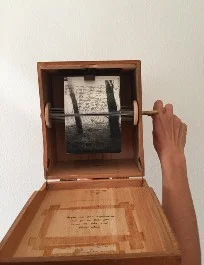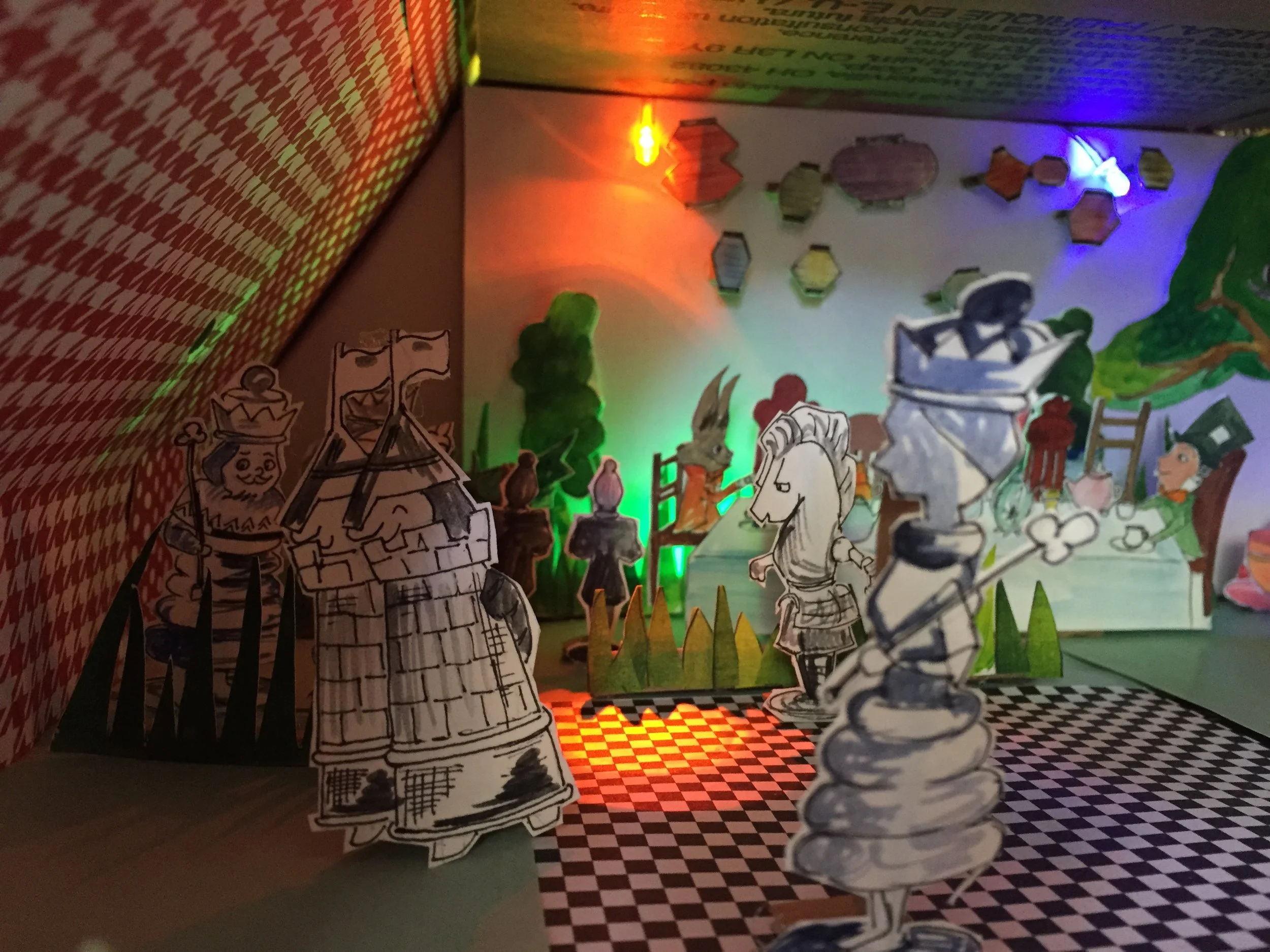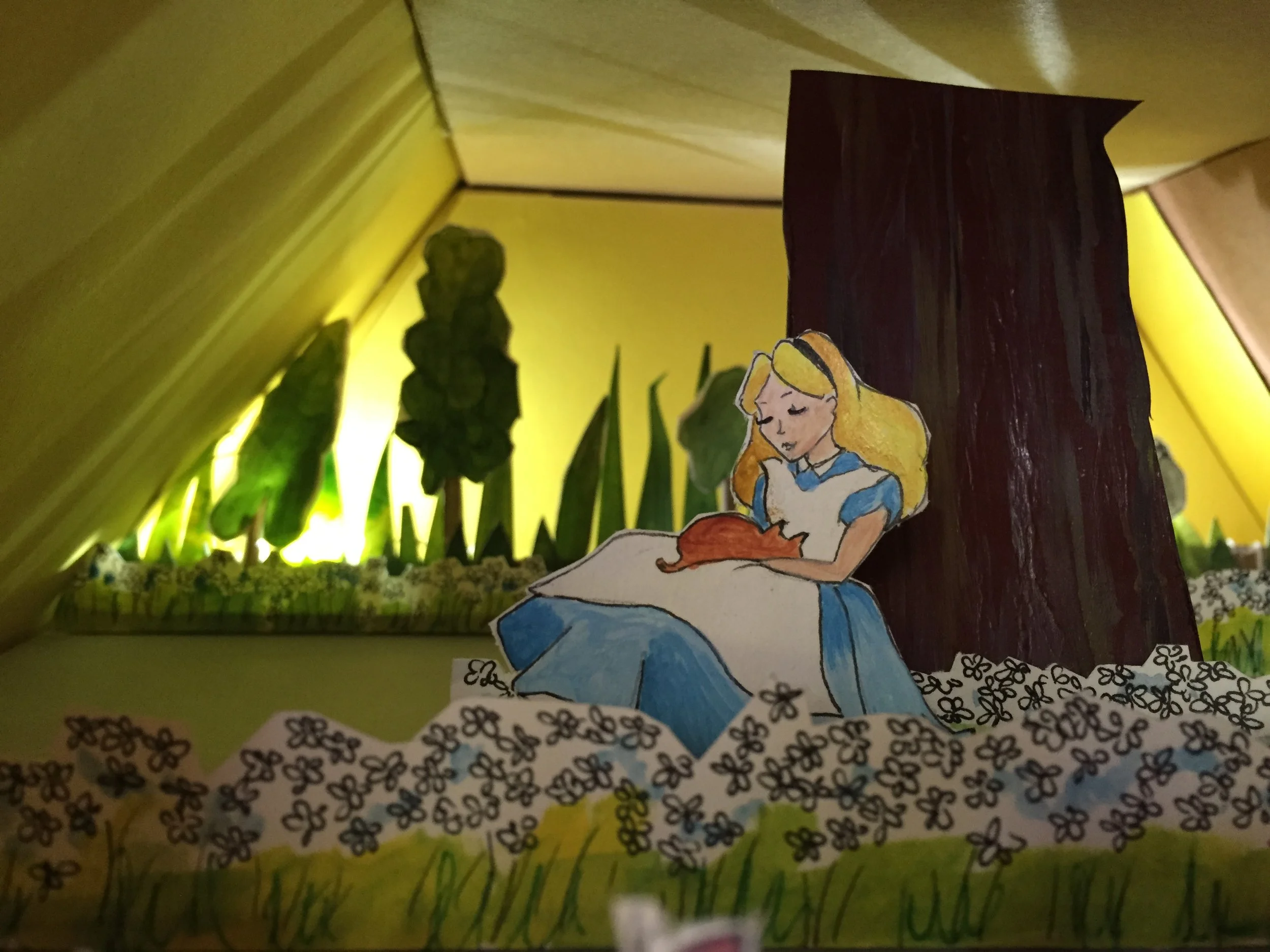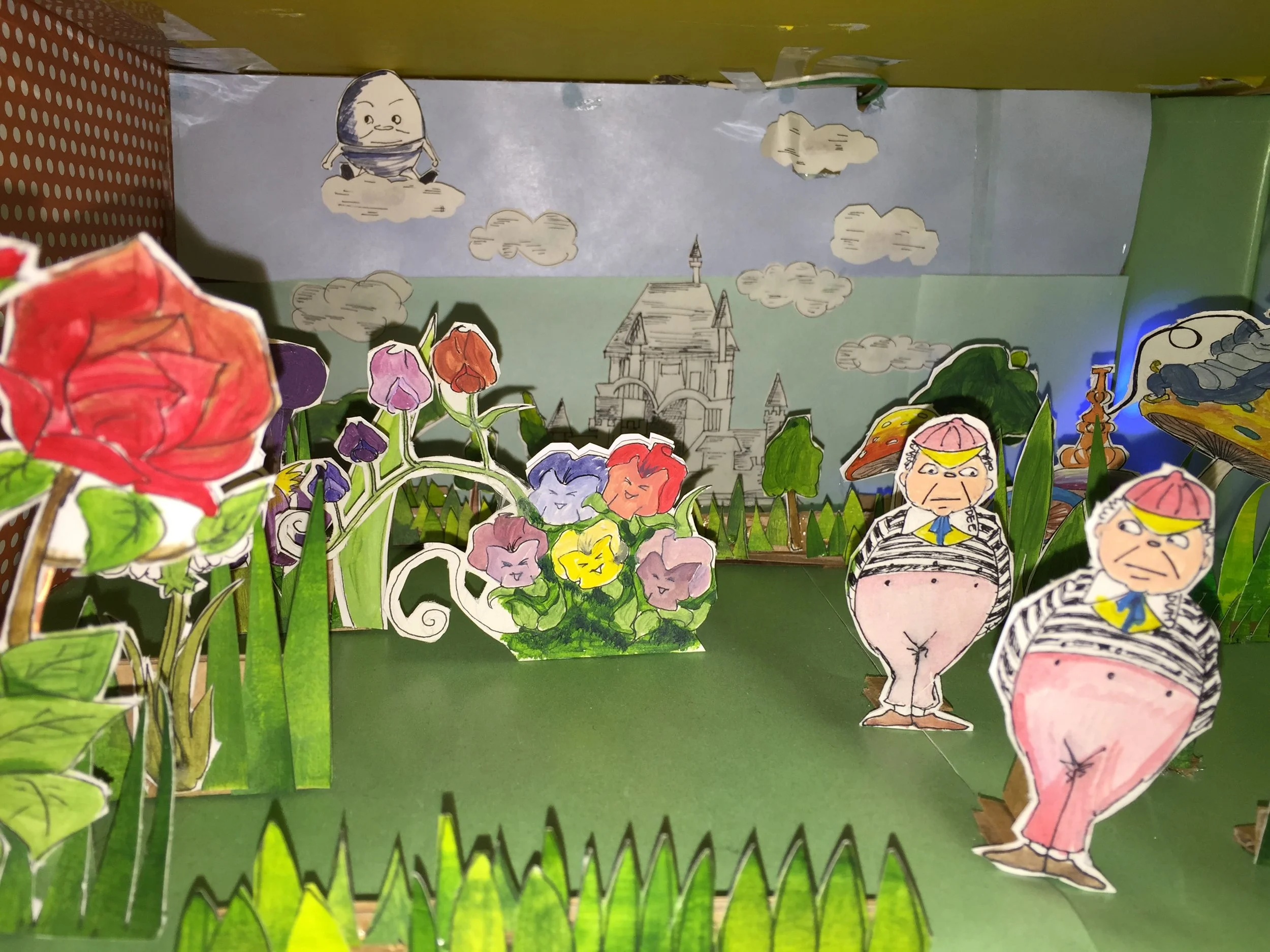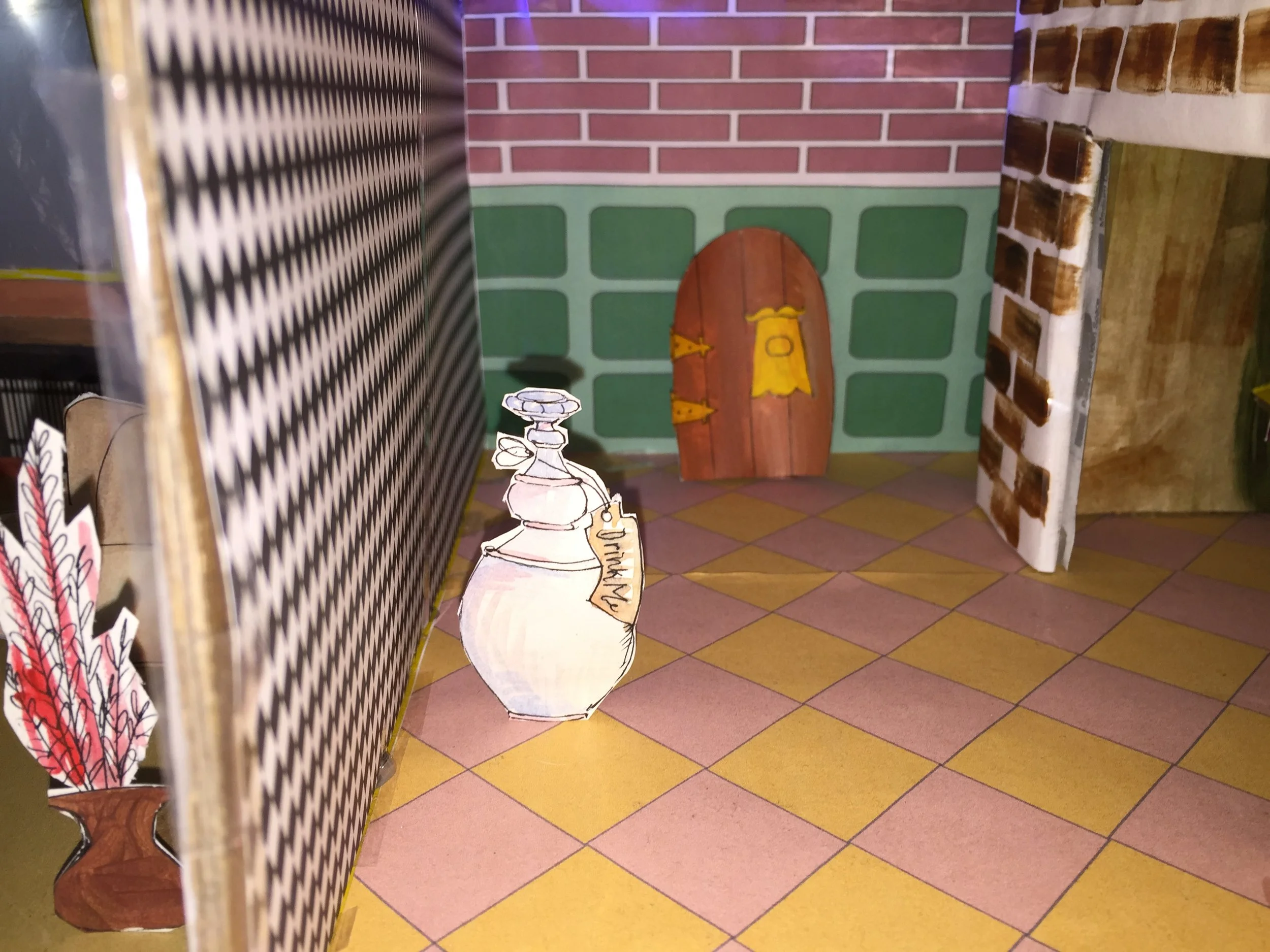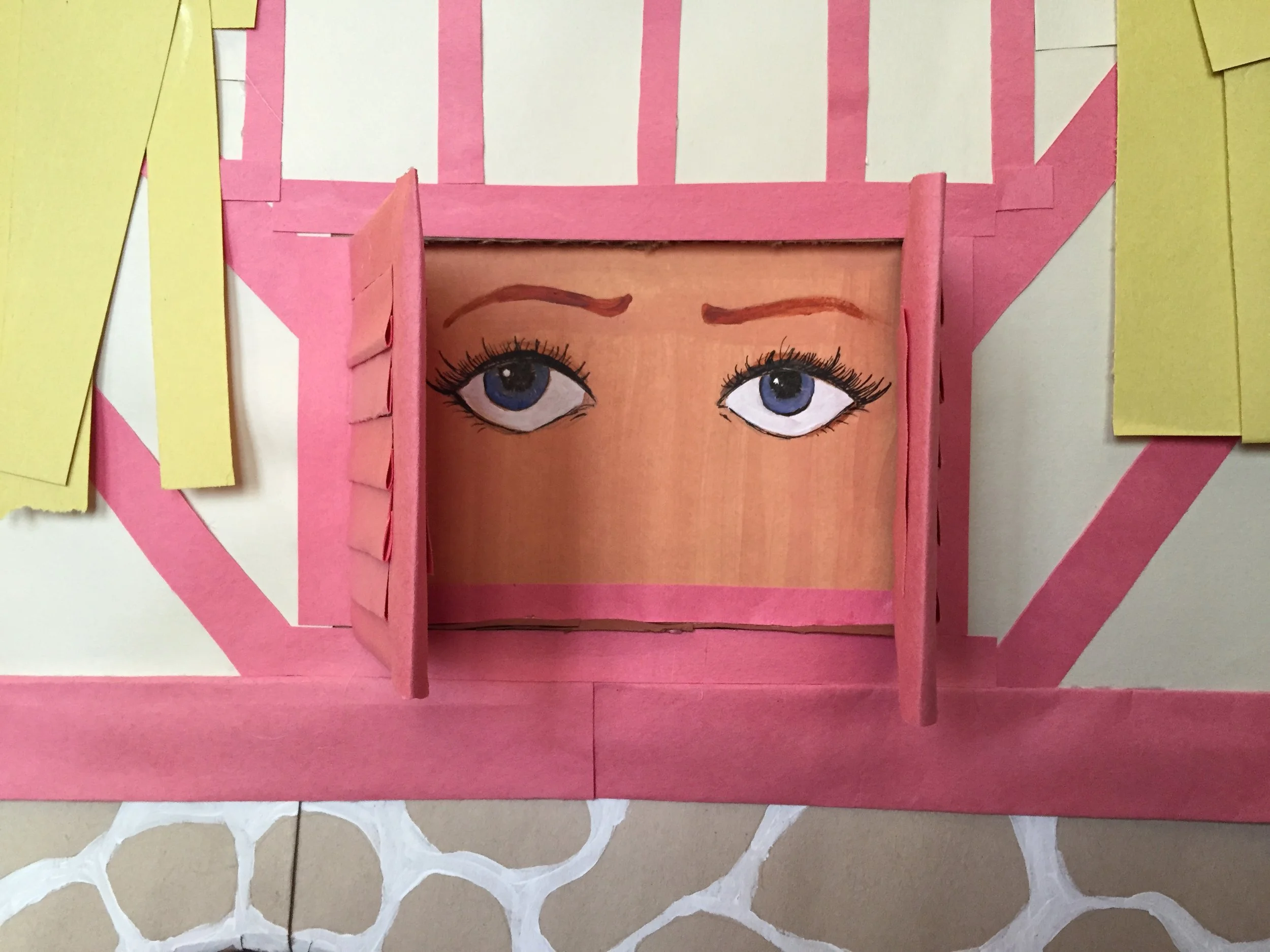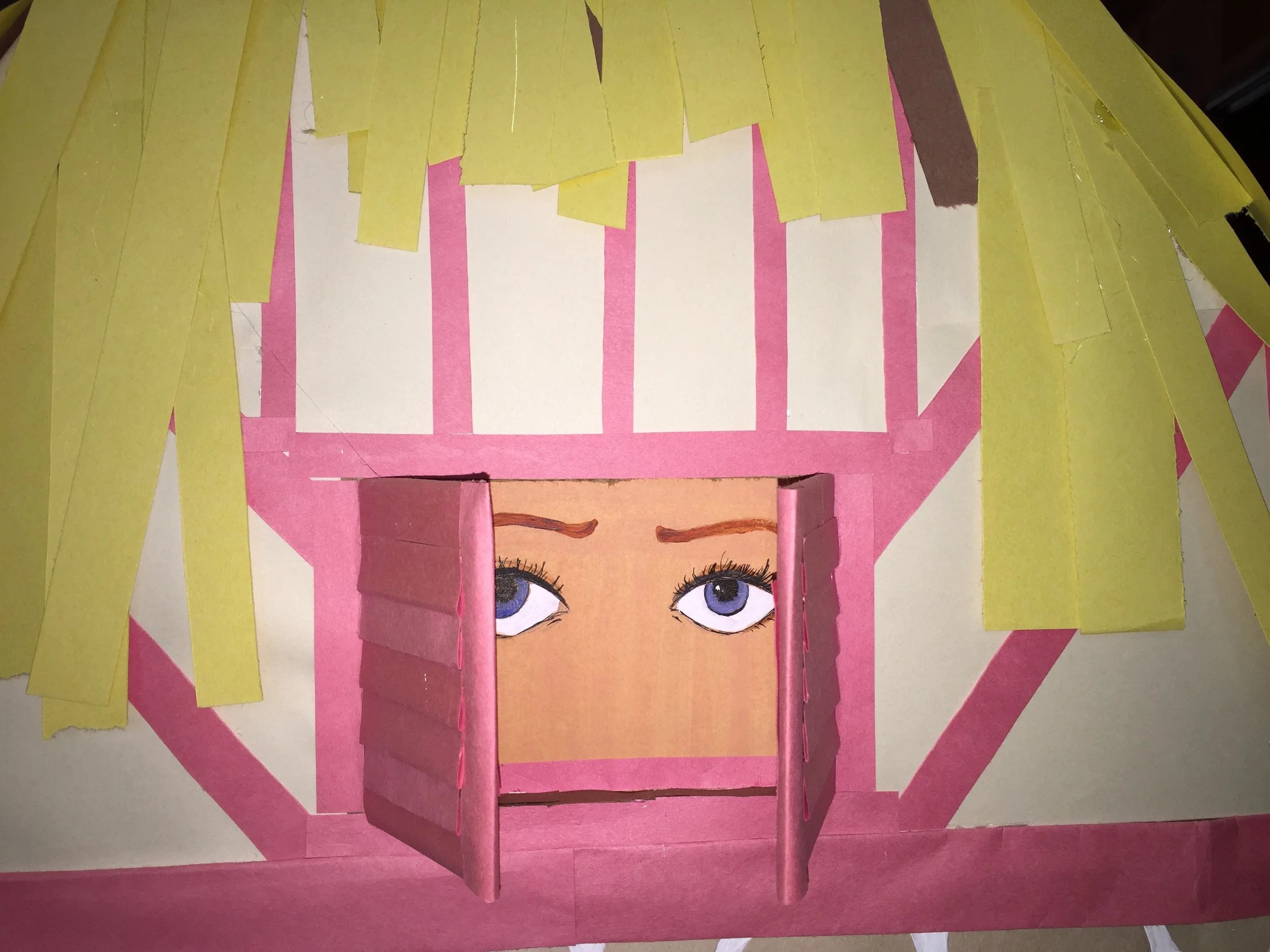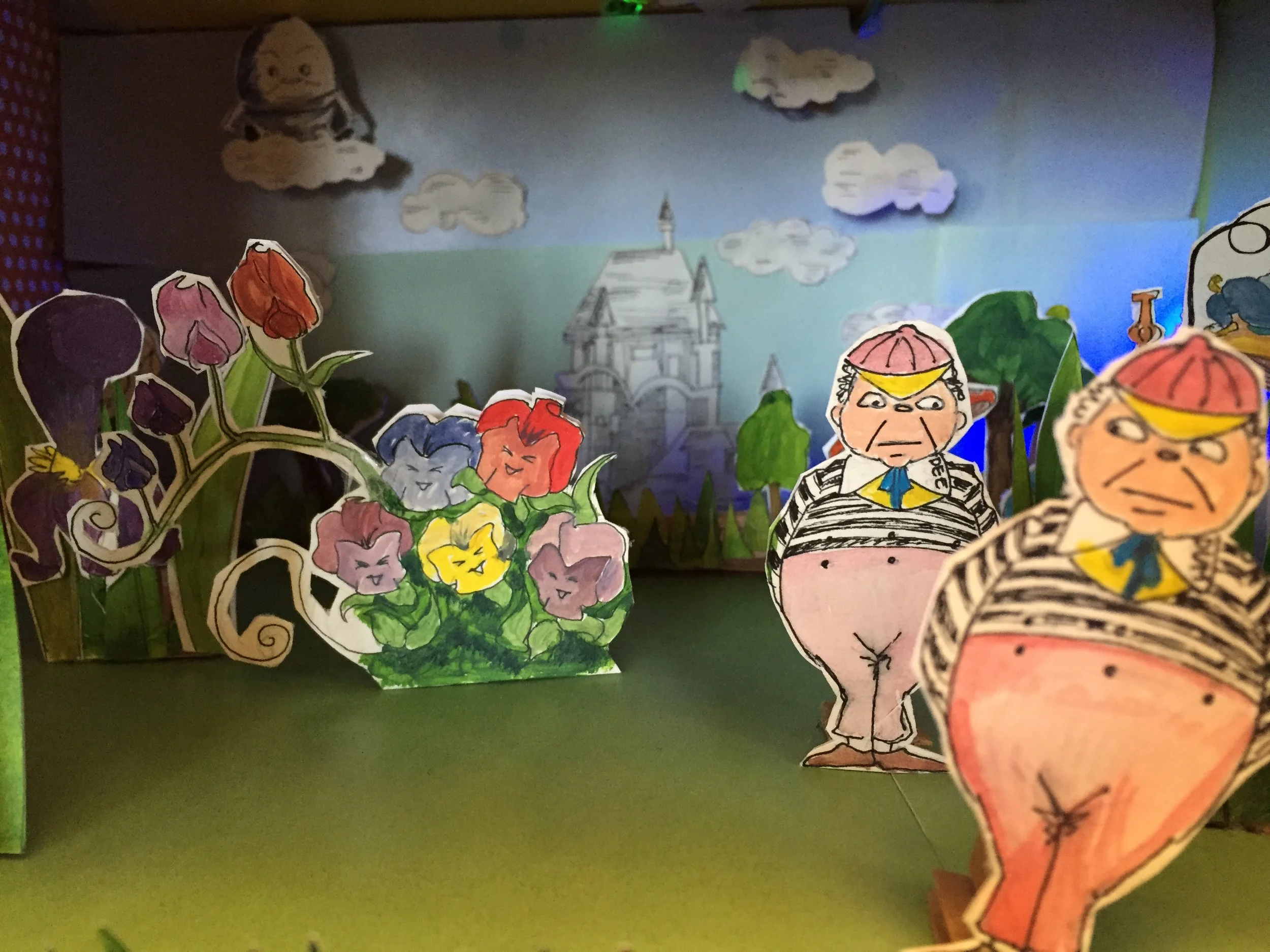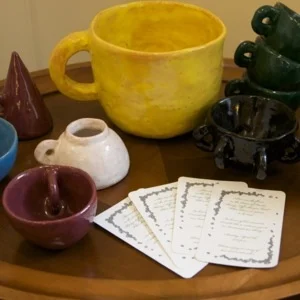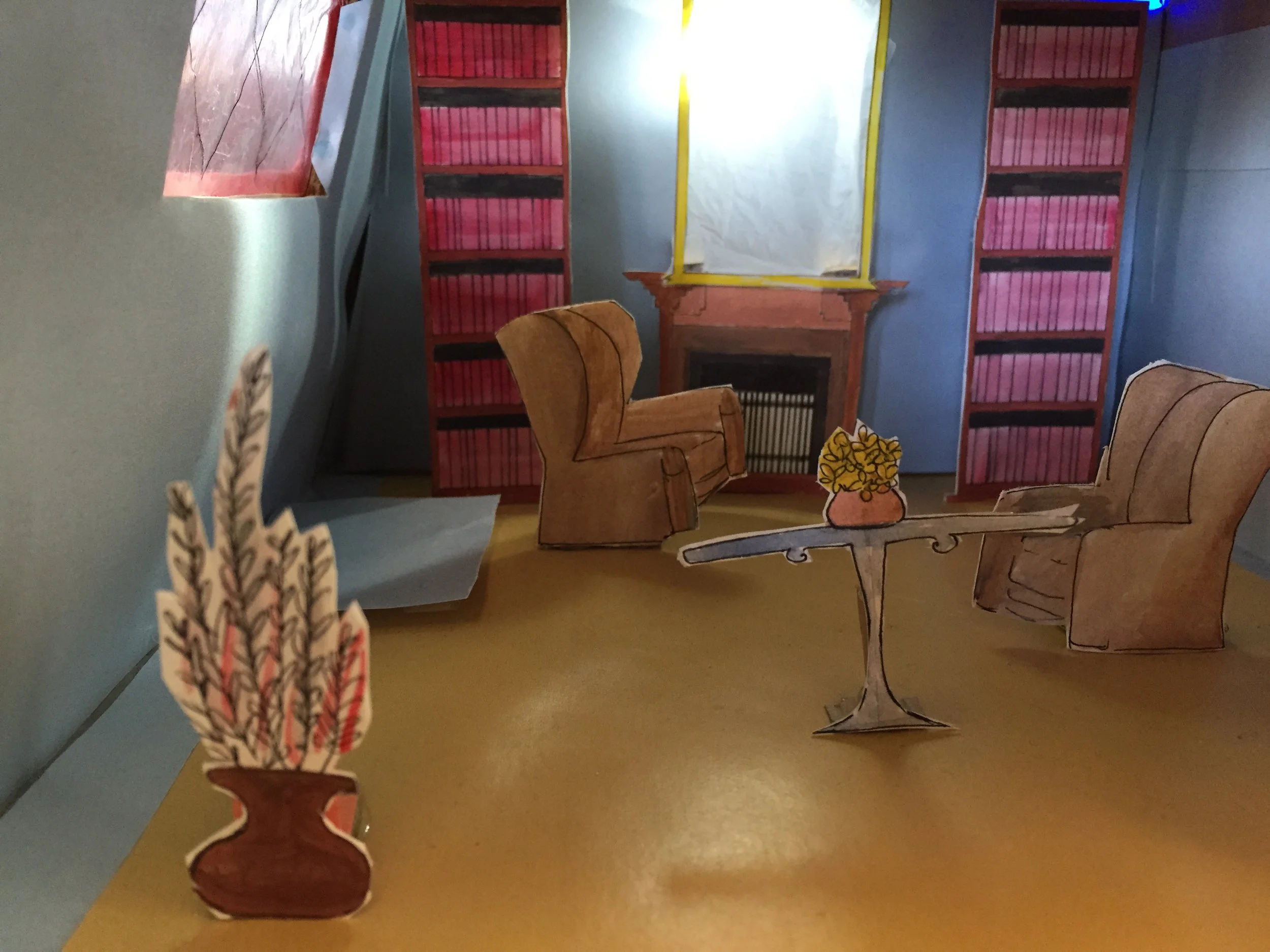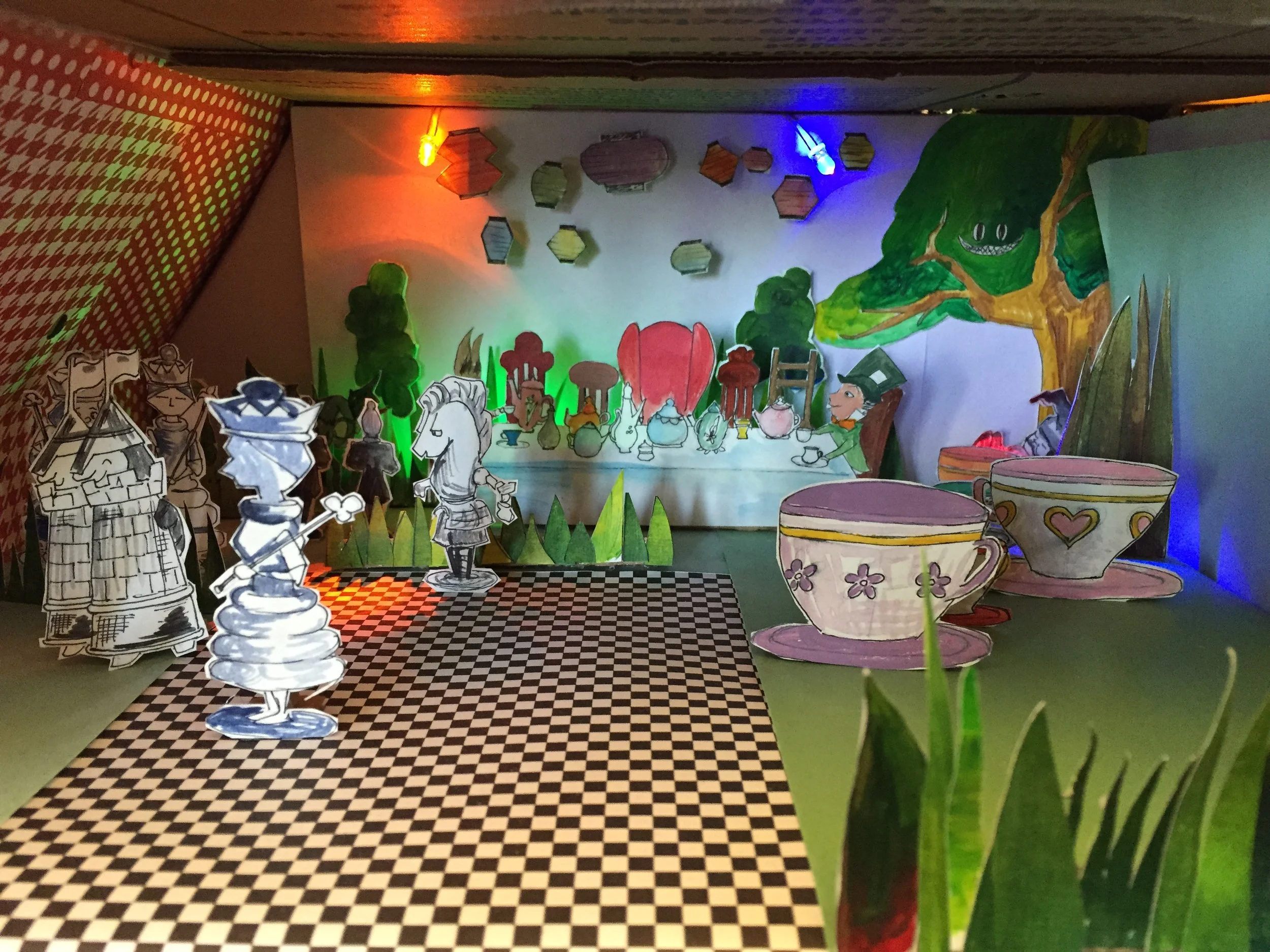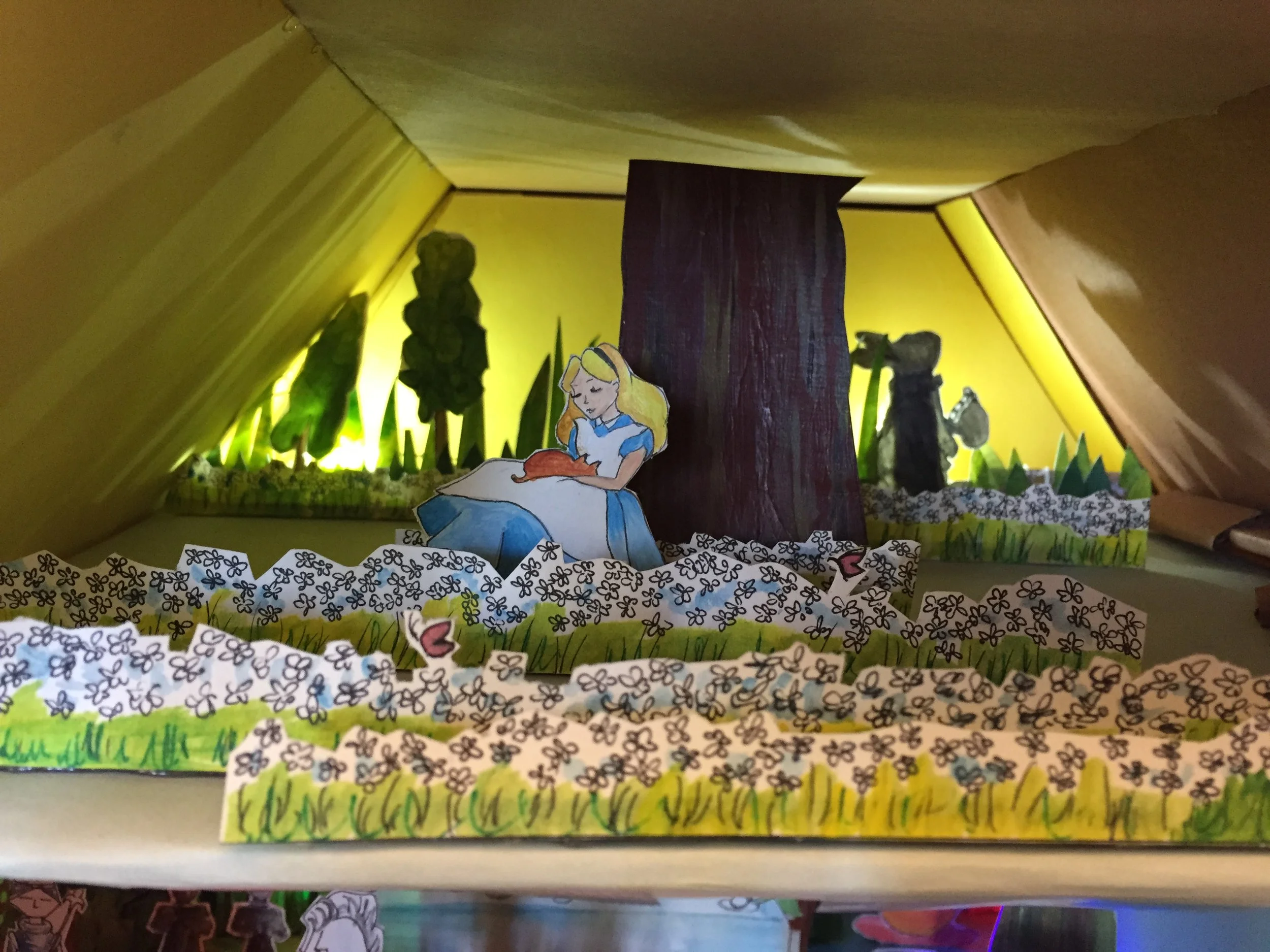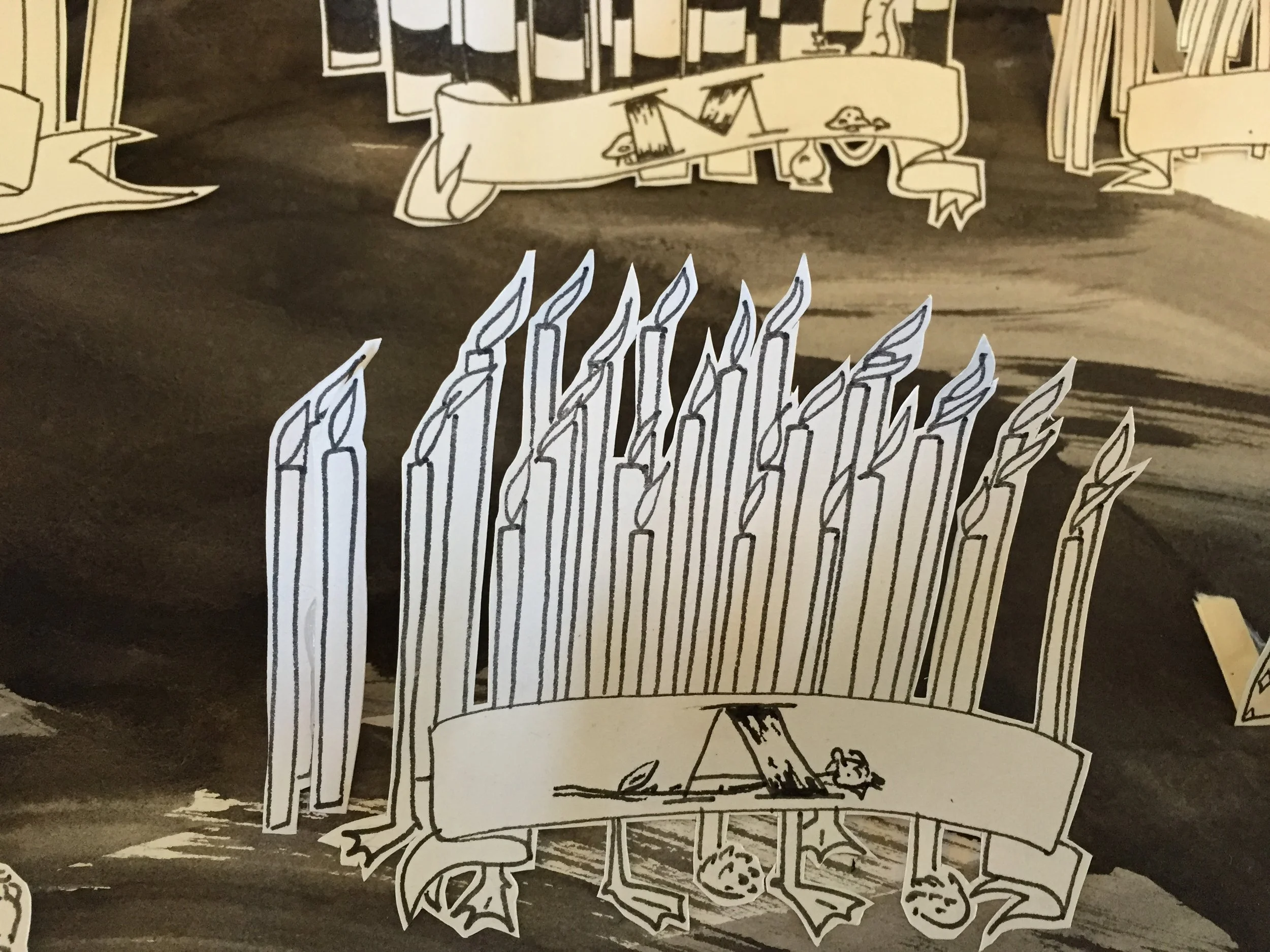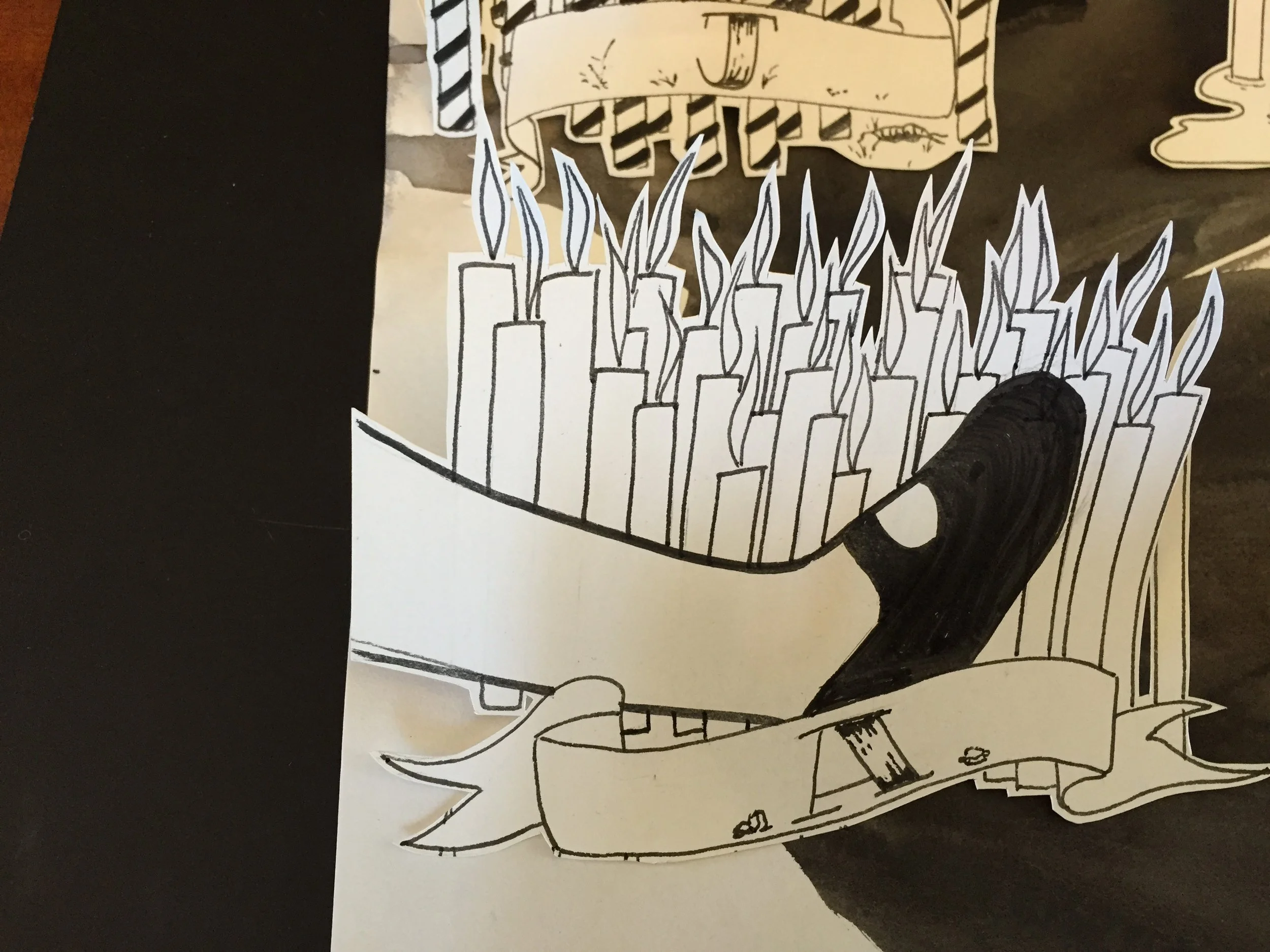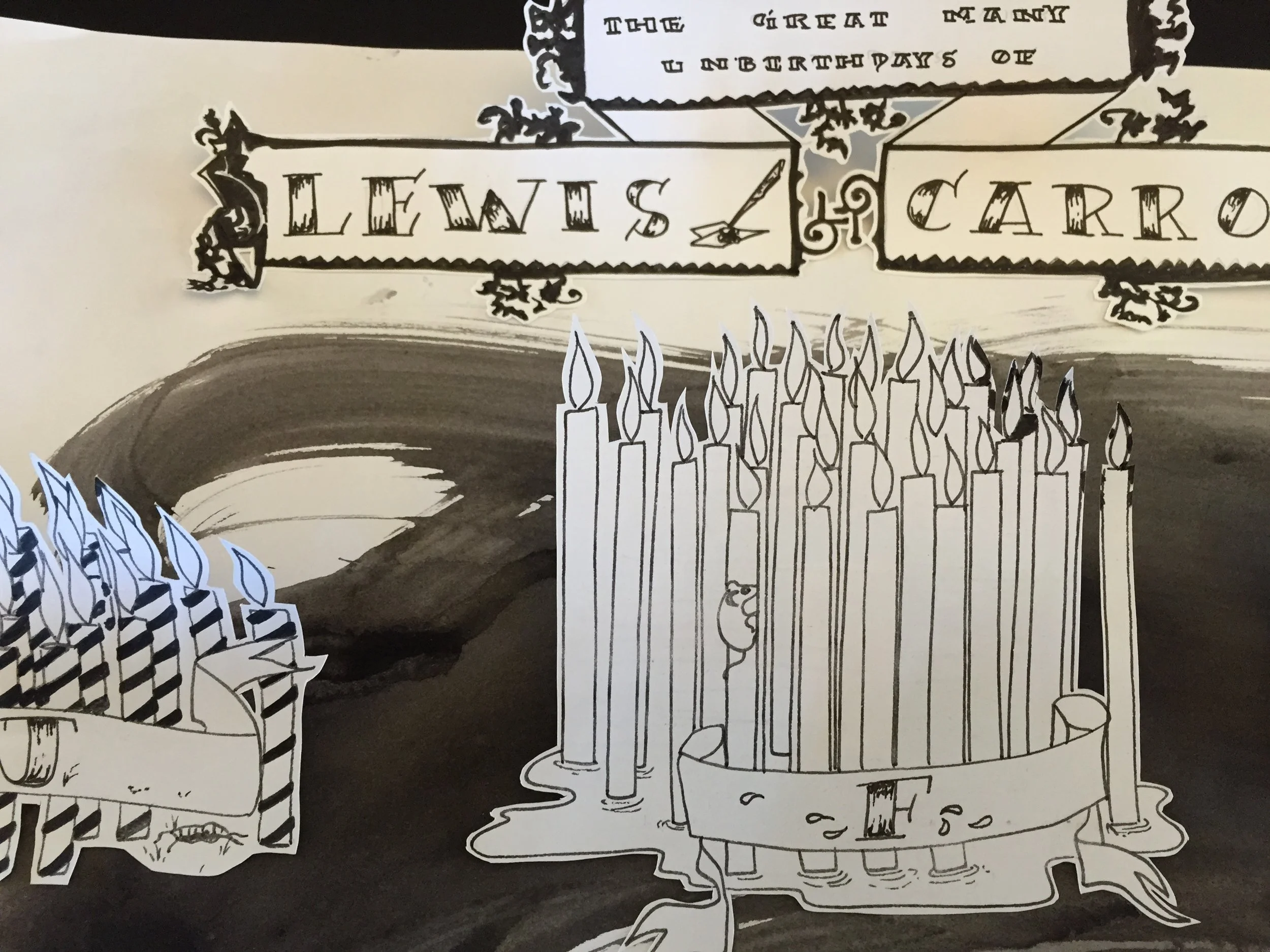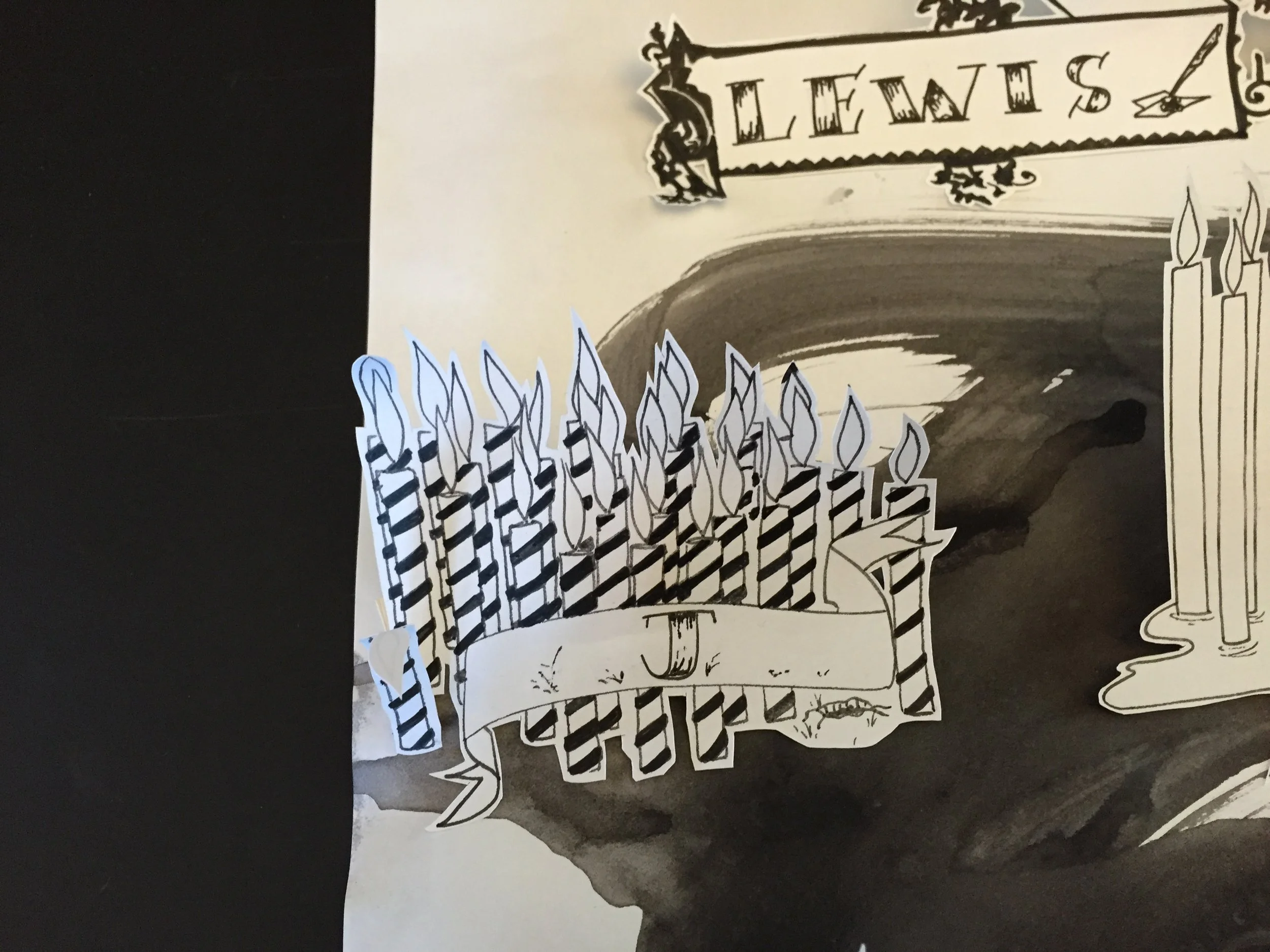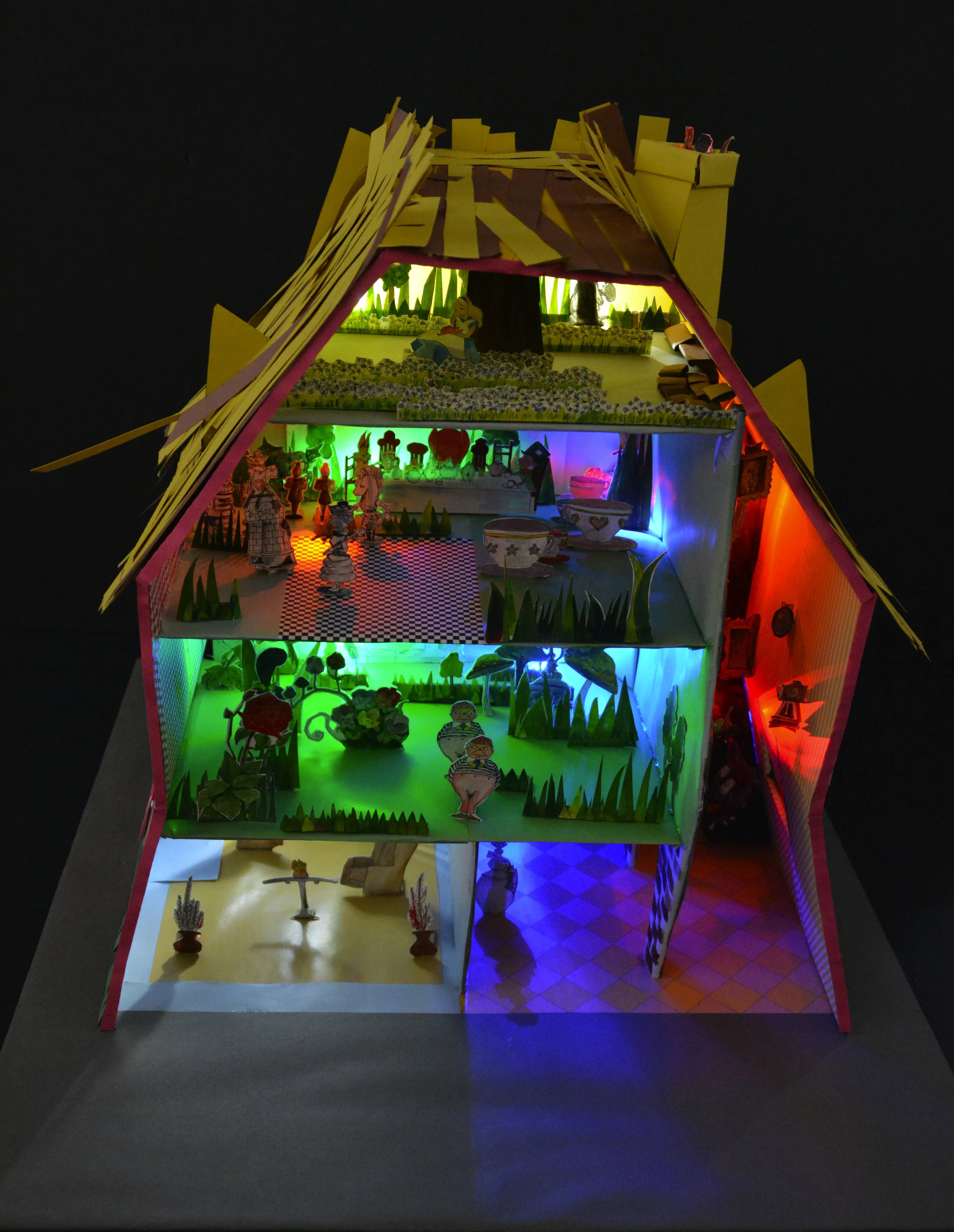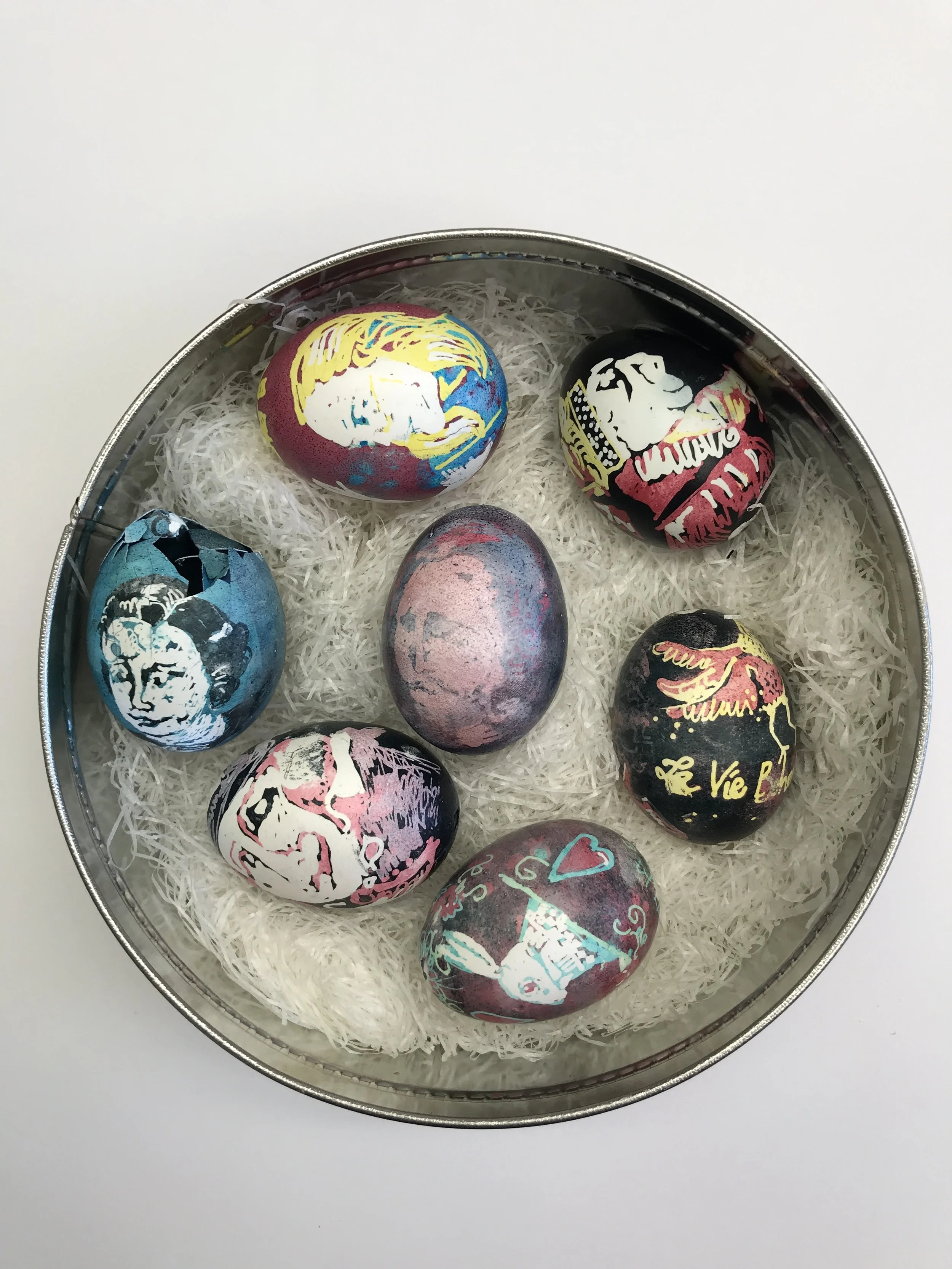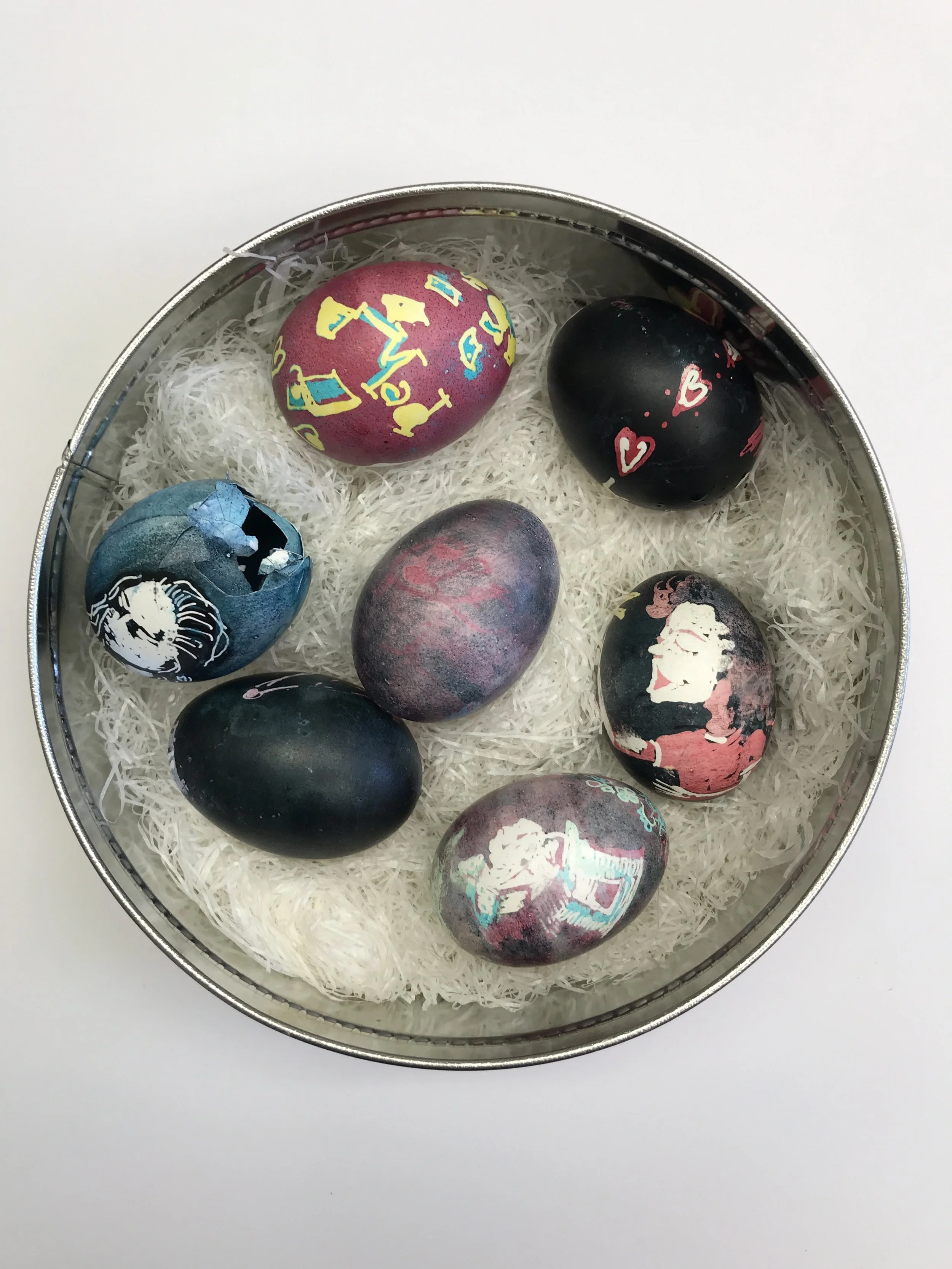Becky Cho
2014
Major: Planning
Masters
Object
I am an urbanist. I have been educated to appreciate, understand, and analyze the city from a regional scale down to its neighborhoods, blocks, and houses; this piece celebrates the house but in it, Wonderland as a place. The main principles of urbanism and urban planning surround the point of creating a sense of place. The great spaces in the world have their own air of sensibility, a uniqueness created by stimulating the onlooker with visuals, sounds, and feelings. The way I see Lewis Carroll is that he is a creator of worlds and lands that invoke such senses and feelings to create a sense of place. The nonsensical Wonderland has been re-rendered several times, over and over in art, film, and literary fiction. But in all the manifestations of Alice and her adventures, they have a Carrollian signature. Carroll has, through his words, drawn us to a world that is intangible but wholly recognizable. This, in my academic experience, is difficult to do and a special experience for all who see its success. Carroll’s work has been recognized worldwide, and I contribute to this competition because it not only celebrates his life and work, but also keeps him alive with us.
This dollhouse attempts to capture and celebrate the characters developed by these artists. Tenniel and Blair influence the White Rabbit’s gaudy house, the rabbit hole, and the looking-glass room. See Alice and Dinah asleep, or perhaps awake; dreaming, or already in her adventure? Rabbit, March Hare, Mad Hatter, Cheshire, Jabberwocky, Tweedle Dee and Tweedle Dum, Humpty Dumpty, Royal Chess Pieces, Talking Flowers, and Caterpillar can be found in the Wonderland dollhouse, and don’t forget poor Bill in the chimney!
Click to view artist statement.





